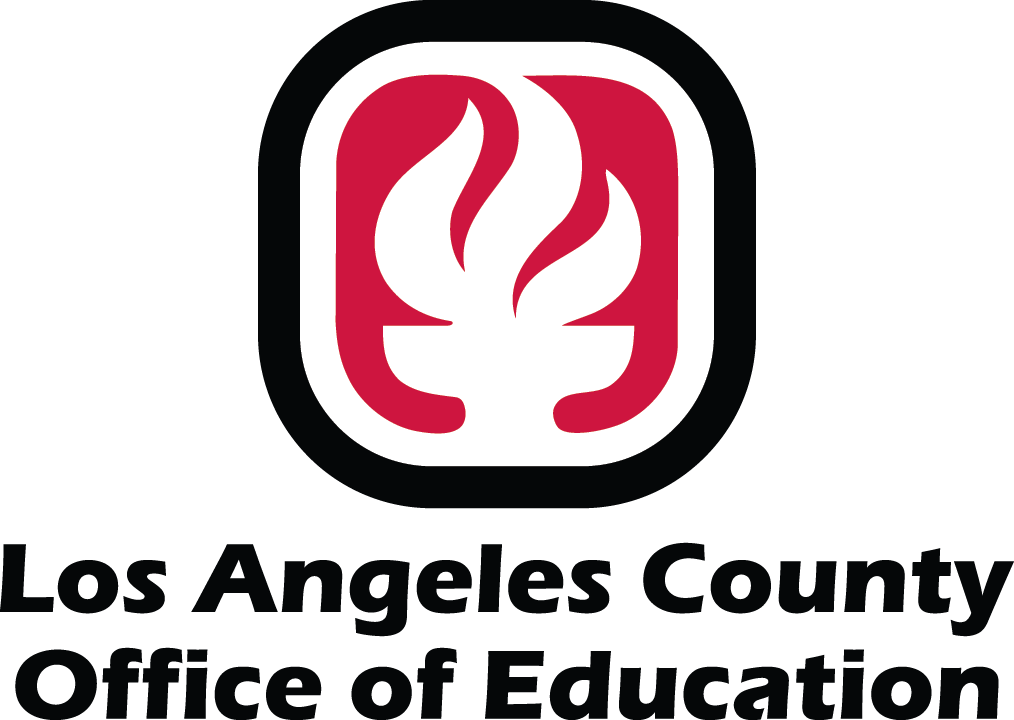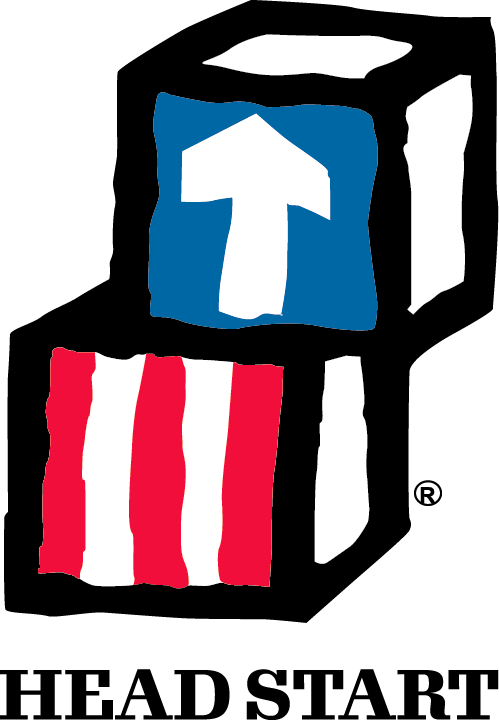Teaching children and parents about oral health throughout the program year is a valuable service that Head Start staff provide. Repeating messages reminds children and parents about the importance of keeping their mouth healthy and reinforces how to do it.
Strategies Head Start Staff Can Use to Promote Oral Health
Children learn best when short and simple messages are repeated regularly using various learning methods (for example, see-tell-do). Repeating the same messages in ways that stimulate children’s thinking makes them more likely to value and practice good oral health habits. Here are some examples:
- Use teaching practices that engage children. Teaching practices that engage children promote thinking and language development. Engaging children in conversation can help them learn new words, think critically, and answer clearly. Some questions that promote thinking and talking about oral health include:
- How do you brush your teeth?
- Why do you brush your teeth?
- What else can you do to keep your mouth and teeth healthy?
- What happens if you don’t brush your teeth?
- Tell me about your last visit to the dentist.
For more teaching practices, see the Framework for Effective Practice: Engaging Interactions and Environments at the National Center on Early Childhood Development, Teaching, and Learning.
- Integrate oral health into activities. In addition to daily tooth brushing, Head Start staff can include oral health in math, science, reading, and art activities. Some ideas include:
- Creating a graph focused on a question, like “How many times do you brush your teeth every day?”
- Having children separate pictures of foods that are good for oral health from pictures of foods that are high in sugar.
- Helping children learn words by having them match oral-health-related pictures, like teeth, toothpaste, and a smile.
- Teaching children to count and learn colors using toothbrushes.
- Reading books with positive oral health messages to children.
- Having children pretend they are visiting a dental office.
- Singing songs about oral health.
Many curricula for children and parents are available at low or no cost; see Choose and Use: Head Start Oral Health Curricula. The oral health webpage maintained by the National Center on Early Childhood Health and Wellness also has many resources.
- Engage parents in promoting oral health at home. Ideas include:
- Working with parents to find the best ways to position their child for tooth brushing. Remind parents that young children cannot brush their teeth well until age seven to eight. It is important for a parent to brush their child’s teeth or help them with brushing.
- Asking parents to take photographs of their child brushing his teeth and helping the child write stories about his experience.
- Helping parents choose and prepare foods that promote good oral health.
- Encouraging parents to ask their child what she learned about oral health in Head Start that day.
- Offering parents suggestions for at-home activities that support what children are learning about oral health in Head Start.
- Participate in or create oral health campaigns and programs. Each February, the American Dental Association offers educational materials in English and Spanish to celebrate National Children’s Dental Health Month. Other groups, such as the Sesame Workshop’s Healthy Teeth, Healthy Me initiative, offer resources in English and Spanish. And many state health departments sponsor campaigns with resources available to the public. Head Start staff can use materials from these and other sources in classrooms and during socializations, home visits, parent meetings, and other events to stress the importance of oral health.
Adapted from “Brush Up on Oral Health.” National Center on Early Childhood Health and Wellness. June 2017. https://eclkc.ohs.acf.hhs.gov/sites/default/files/pdf/buoh-2017-06.pdf.


